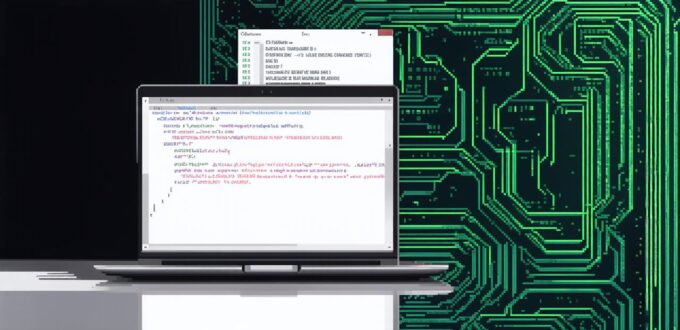If you’ve been interested in programming software but don’t know where to start, you’re not alone. With so many programming languages and tools available, it can be difficult to determine the best approach for a beginner. However, with the right guidance, anyone can start programming software.
Step 1: Choose a Programming Language
The first step in learning how to program software is to choose a programming language. There are many programming languages available, each with its own strengths and weaknesses. Some popular programming languages include Python, Java, C++, JavaScript, and Ruby. Each of these languages has its own unique features, so it’s important to choose one that aligns with your goals and interests.
Step 2: Choose a Platform or IDE (Integrated Development Environment)
Once you’ve chosen a programming language, the next step is to choose a platform or IDE (Integrated Development Environment) to write your code in. An IDE is a software application that provides comprehensive facilities to computer programmers for software development. Some popular IDEs include Visual Studio Code, Eclipse, and Atom.
Step 3: Learn the Basics of Programming
Once you’ve chosen a programming language and IDE, it’s time to start learning the basics of programming. This includes understanding concepts such as variables, data types, loops, conditional statements, functions, and arrays. These are the building blocks of any program, so it’s important to master them before moving on to more advanced topics.
Step 4: Practice Writing Code
The best way to learn how to program is by practicing writing code. This means taking on small projects and working through them step-by-step. Start with simple projects like “Hello, World!” programs and gradually work your way up to more complex projects. As you gain experience, you’ll become more comfortable with the syntax and structure of your chosen programming language.
Step 5: Join Online Communities
Joining online communities is a great way to connect with other software developers and learn from their experiences. There are many online communities available, including forums, social media groups, and discussion boards. These communities provide a great place to ask questions, share your code, and get feedback from others in the industry.
Step 6: Attend Conferences and Workshops
Attending conferences and workshops is another great way to learn about programming software and connect with other developers. These events bring together experts from the industry to share their knowledge and experiences. You can learn about new technologies, programming languages, and best practices in software development.
Step 7: Continuously Learn and Improve
Programming software is an ever-evolving field, so it’s important to continuously learn and improve your skills. Keep up with the latest trends and technologies in the industry by reading blogs, attending webinars, and taking courses. Staying up-to-date will help you write better code and stay competitive in the job market.
Real-Life Example: John Doe’s Journey to Becoming a Software Developer
John Doe was a college student majoring in computer science when he first became interested in programming software. He had always been fascinated by how computers work, but he didn’t know where to start learning about programming. John began by researching different programming languages and choosing Python due to its simplicity and popularity.
Case Study: The Rise of Mobile App Development
Mobile app development is a great example of how technology has evolved over time and how it’s impacted the software development industry. When smartphones first became popular, there were only a few basic features available. However, as technology advanced, developers began to create more sophisticated apps that took advantage of the latest hardware and software capabilities.
FAQs
1. What programming language should I start with if I’m a beginner?
It really depends on your interests and goals. If you’re interested in web development, Python or JavaScript might be good choices. If you’re interested in game development, C++ or Java might be better options.
2. How do I choose an IDE for my programming needs?
There are many great IDEs available, so it really depends on your preferences and the programming language you’re using. Some popular IDEs include Visual Studio Code, Eclipse, and Atom.

3. What are some common mistakes beginners make when learning to program?
One common mistake is trying to write too much code at once. It’s important to start with small projects and work your way up to more complex ones as you gain experience.
4. How do I stay up-to-date with the latest trends and technologies in programming?
There are many ways to stay informed about the latest developments in programming, including reading blogs, attending webinars, and taking courses. It’s also important to network with other developers in your field.
